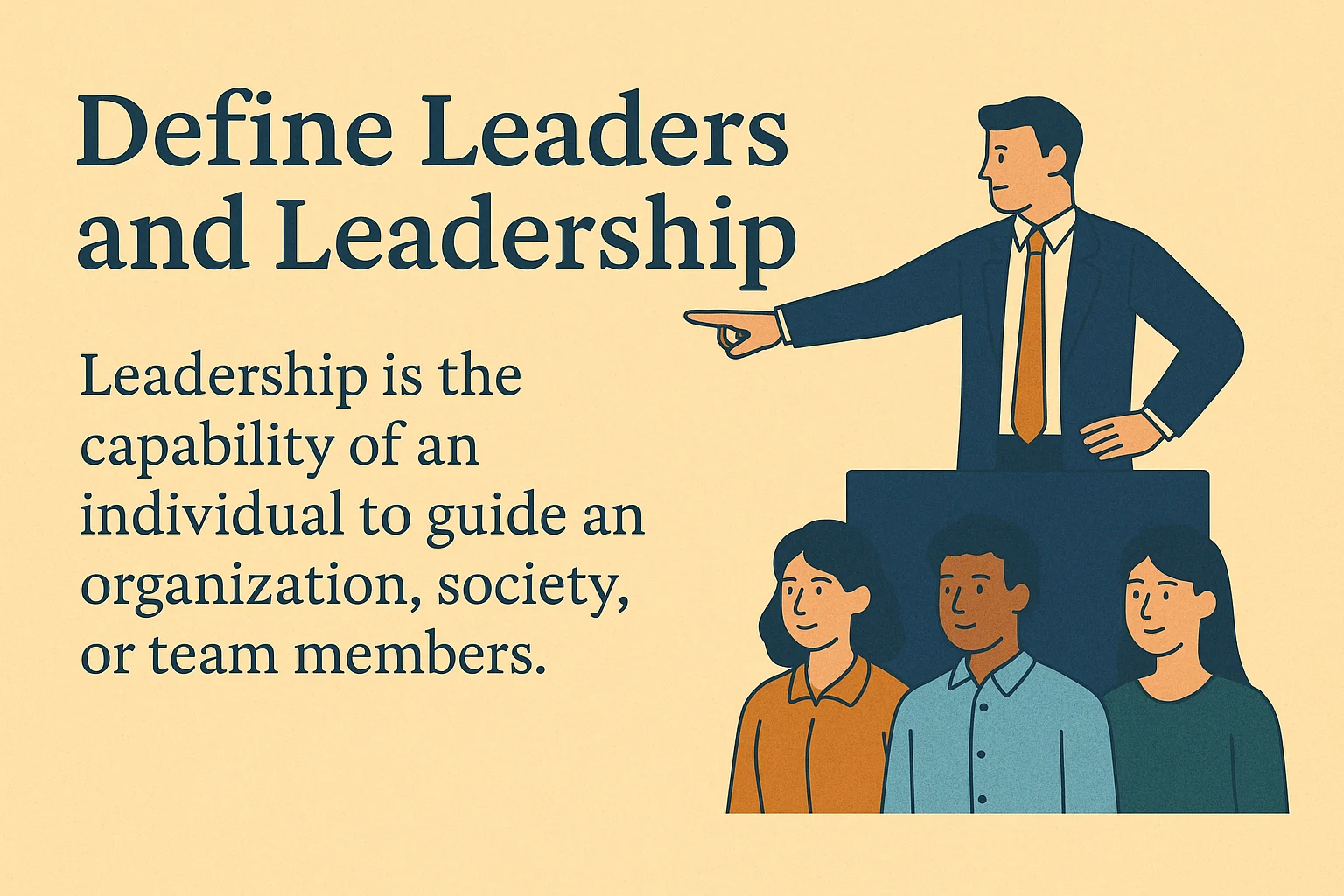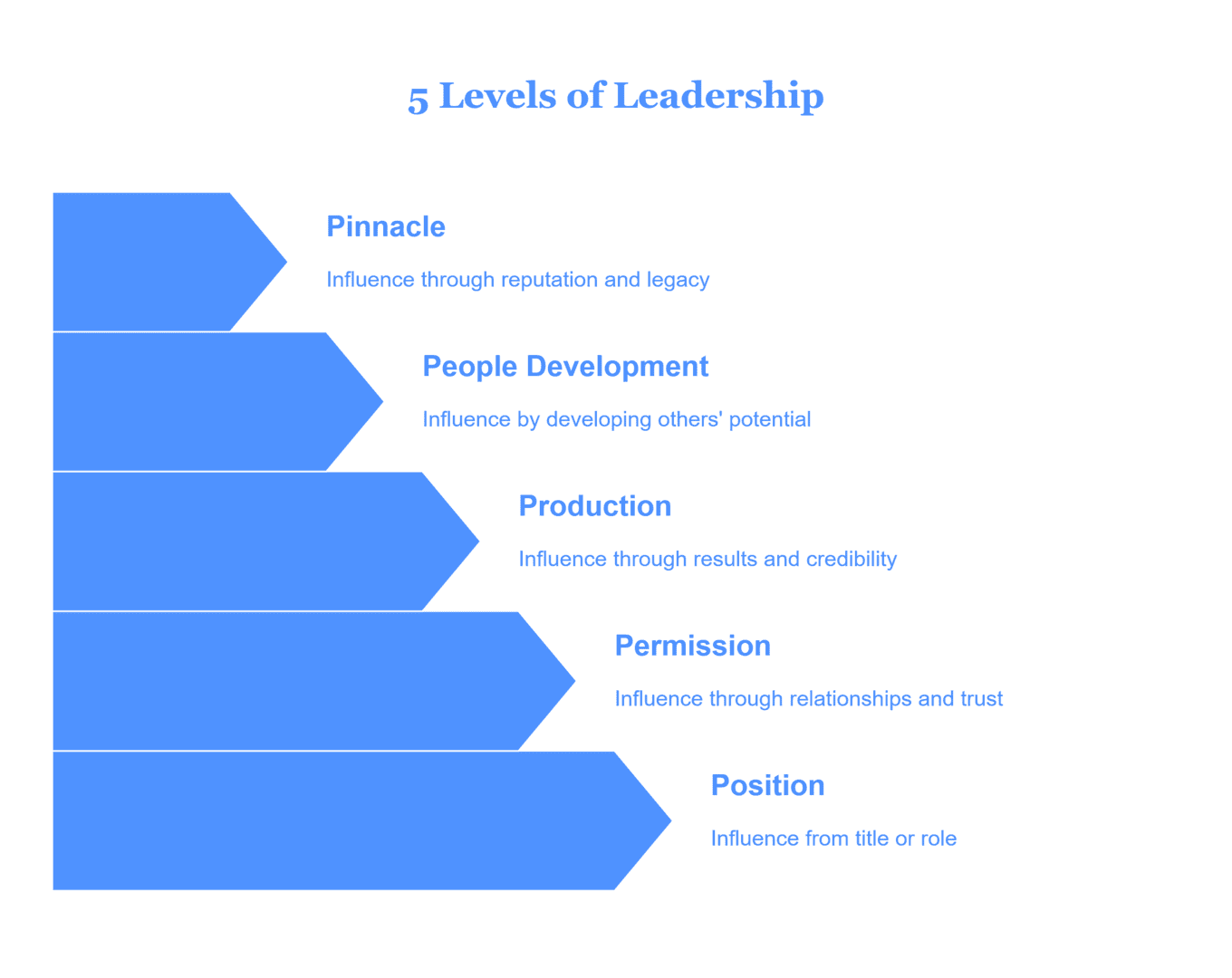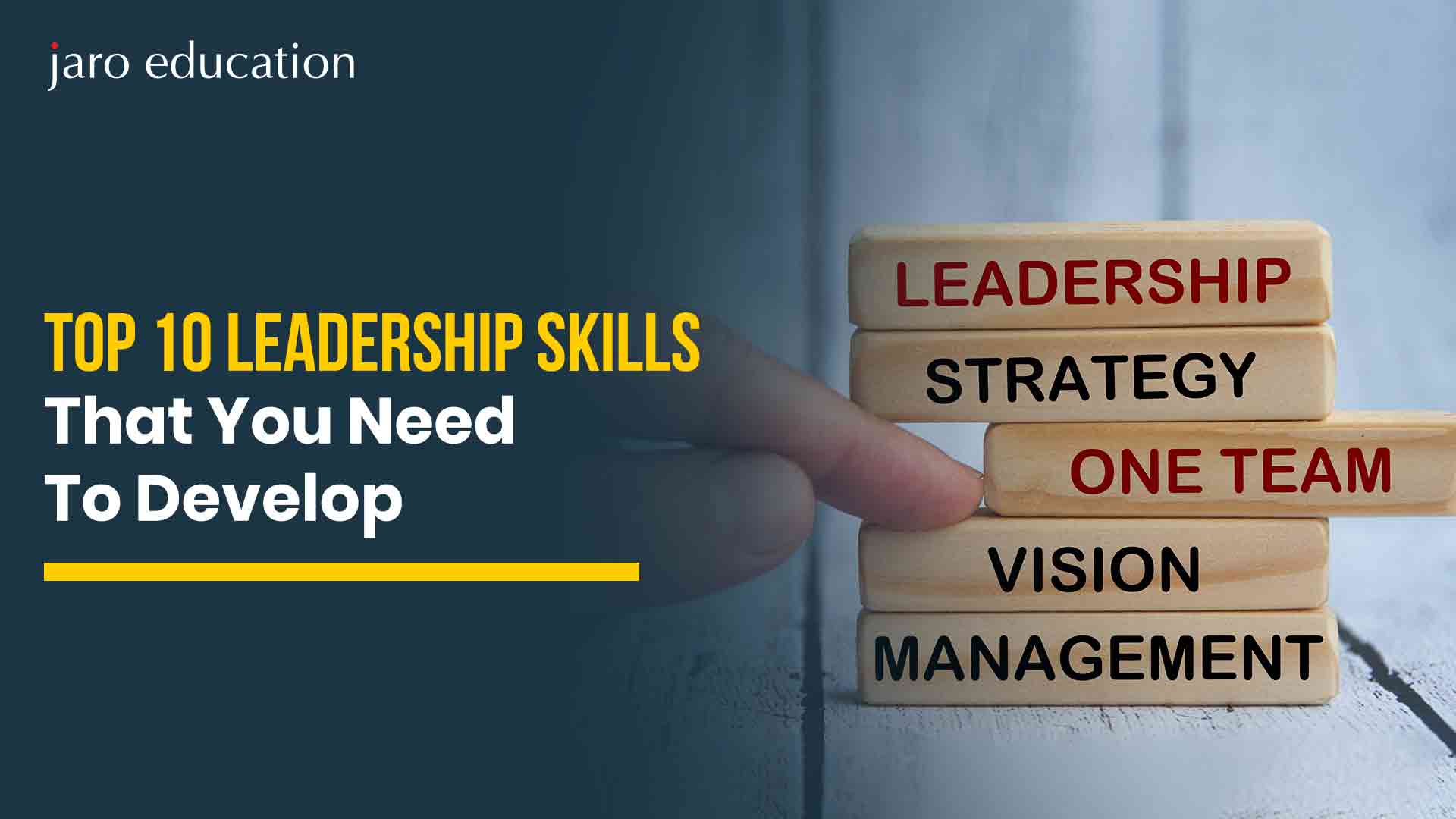What Are the 5 Levels of Leadership? Explore A Full Guide
Table of Contents

Have you ever wondered why some executives have leaders who are loyal to them, while others work hard to earn respect, despite holding the same job title? The fact is, being a leader does not boil down to a position or title. It is a matter of influence, contact, and developing the people you are with. That is where the 5 levels of leadership come into play.
We are going to enter into the 5 levels of leadership in reverse order in this blog: what they mean. As a team leader at work, a project guide, or a person just dreaming of becoming a better personality, all these levels are essential to your transformation of becoming more than just someone in charge you prefer to follow.
So, it is time to immerse oneself in the complete guide and determine the position where you are at any given moment and how to ascend the hierarchy of leadership and leave an effective mark.
Define Leaders and Leadership

Leadership is the capability of an individual to guide an organization, society, or team members. Moreover, Leadership is usually a quality that goes hand in hand with title, age, or position in a pecking order. But it is something that anyone can possess or acquire, even non-leadership persons. Additionally, it is an acquired trait that can be enhanced with time.
However, the leaders are considered individuals who make good and even hard decisions because they give a vision, set achievable goals, and give followers the knowledge and devices that can help them attain the goals. Significantly, an effective leader has the following features: self-confidence, excellent communication and management skills, creativity and innovativeness in thinking, perseverance, readiness to take risks, open-mindedness to changes, rationality, and responsiveness during times of crisis.
Types of Leadership: Which Style Suits You Best?
We should learn about the types of leadership styles a leader may utilize before analyzing in detail the 5 levels of leadership. Knowing these can enable us to observe how each of the many levels of leadership is related to actual leadership practices in the real world.
1. Autocratic Leadership
This type of leader does not rely on input from others when making their decisions. It is straightforward and efficient, yet it may stifle creativity.
2. Democratic Leadership
This type of leadership is also referred to as participative style, which is characterized by the involvement of the team in decision-making.
3. Transformational Leadership
This kind encourages and empowers teams to be innovative and develop. It is far-reaching and is vision-oriented.
4. Transactional Leadership
This style is based on performance and achievement of tasks according to its structure, rewards, and punishments.
5. Servant Leadership
As a servant leader, an individual prioritizes the needs of the team, concentrates on their development and welfare.
All the leadership styles are capable of functioning in various situations. However, there is a reason why it is best to figure out your style to get up the 5 levels of leadership ladder better.
What Are the 5 Levels of Leadership?

1. Level 1- Position
In this paragraph, position is the base for the 5 levels of leadership. Firstly, it is the easiest level that does not demand any talent or hard work to fulfill. Secondly, there is nothing wrong with having a position of leadership, but there is everything wrong with using only that position to make people follow the leader. And lastly, it is only applicable when you hold something over your followers (like a job or a salary). At Level 1, the individuals follow because they feel that they are obliged to do so.
Spend some time in this level learning to lead yourself first, and you will be able to succeed in the next level.
2. Level 2 -Permission
In addition to the first level of leadership, the second level is on relationships. Therefore, at such a level, individuals have made decisions to follow because they want to. That is, they permit the leader to lead them. Ergo, to develop this size of leadership, leaders employ efforts to get to know their people and get connected with them. It is impossible to lead without followers and only people can follow; hence, you have to learn to like people to be a good leader!
By the time we learn to like people and treat them as persons with value, we will start to exercise positivity on people. Confidence develops and this normally results in respect. And the environment becomes a lot more positive, at home, at work, at play, or when volunteering. It is at level 2 in the level of leadership which states that tangible and sustainable relationships come into existence that form the groundwork of the next level.
3. Level 3- Production
It is all about leaders who do the best understanding how to inspire their people to GTD – get things done! At this level of leadership, productive leaders create their leverage and credibility. People do not follow anymore because they like to but this is done for other reasons than the relationship. Level 3 leaders are followed by people due to their track record.
Production level can be one place where jobs are accomplished, attitude is enhanced, profits increase, turnover lowers and objectives are met. The greater the output, the more you are in a position to be able to handle difficult challenges and confront prickly issues. Leaders simply bring in Level 3 strategies into it. And when they become efficient at the Level 3 level, then they are prepared to overlay the objectives of the subsequent 5 levels of leadership.
4. Level 4- People development
Level 4 is simply defined with one word: reproduction. At this stage, you should aim to create as many leaders as possible because you will invest in them and assist them to grow in 5 levels of leadership.
This is because it is simple: the more the leaders, the more the mission of the organization is achieved. The individuals you decide to groom can prove to be very promising as far as leadership is concerned, or you can even get them rough as diamonds, but the bottom line is that, when you invest in them, you can create yourself.
The higher you lift new leaders, the more you will transform the lives of the whole team. This will make the people follow you due to what you have done individually. And not only that, some of those mentoring relationships are bound to be a lifetime affair.
To develop the people development level of leadership, therefore, it is essential that you must learn to invest in your leaders and that every day you take a deliberate move to help your leaders to grow. Do so regularly, over a sufficient period, and you just might start to get the benefits of the next degree in level of leadership.
5. Level 5- Pinnacle
The topmost level of leadership is also the hardest to be at because it needs both time and conscious work. There is no way you can get to Level 5 unless you are capable of investing your life into the lives of other people on a long-term basis. However, since you keep at it, since you constantly work at not only becoming better at all your levels but also you work at developing leaders who are ready and capable of developing other leaders, well, you might find yourself in the Pinnacle.
Being willing to become a Pinnacle leader is a duty that is not small on its part, and neither are the rewards. The Level 5 leaders create a Level of leadership for organizations. They put opportunities into existence that other leaders do not. They leave a legacy of what they are doing. They are being followed since people want to be like them and be associated with them. This is to say, their leadership comes out as positive. Consequently, Level 5 leaders tend to go beyond themself, their company, and in some instances, their field.
From Position to Pinnacle: How to Climb the 5 Levels of Leadership
Level 1: Position – (People follow you because they have to)
- Purchase credibility at an early stage.
- Be punctual, do what you promise, and avoid wasting people and responsibilities.
- Understand the duties surrounding your job title- execute them brilliantly.
- Instead of enforcing rules, begin building trust and rapport.
Level 2: Permission (People follow you because they want to)
- Be an active listener with empathy and interest in your team as a person.
- Effective two-way communication is easily understood and enables you to connect better and win voluntary support.
- Be open, eliminate obstacles, and assist your team with their struggles.
Level 3: Production – (People follow because of what you’ve done for the organization)
- Establish performance objectives– and meet them.
- Establish a culture with results. Promote team accountability, teamwork, and team ownership.
- Confront yourself as a model of productivity.
Level 4: People Development (People follow because of what you’ve done for them)
- Coach and mentor regularly.
- Giving and Delegating with a purpose.
- Celebrate the success of others.
Level 5: Pinnacle – (people follow you because you are or what you represent )
- Be humble and down-to-earth.
- Make your legacy based on value.
- Build other leaders of leaders.
Conclusion
The 5 levels of leadership have a clear guideline for anybody who may want to become a better leader. If we begin with the process of getting a position, then we can continue with the process of creating a legacy, and each stage has waste. Leadership is not a name-title; it is an experience. So, for each step that you take as an individual to be a better leader, it is a step toward making a bigger difference.
Remember, therefore, that one is not a leader because he is in charge, but because of a leadership ability. It involves looking after the people in your care.
Frequently Asked Questions
What are the 5 levels of leadership?
The five levels are Position, Permission, Production, People Development, and Pinnacle.
How can I move up in the levels of leadership?
Focus on building relationships, delivering results, mentoring others, and living your values.
Can anyone become a Level 5 leader?
Yes, with time, commitment, and consistent growth, anyone can reach the pinnacle of leadership.
Which leadership level is most common?
Level 1 (Position) is the most common, but true influence grows as you progress to higher levels.
Why is people development so important in leadership?
Because it builds future leaders and creates a stronger, more resilient organization.

















